15 years ago, ComputerBase checked which graphics card was best suited for movie playback (test). Older ATi and Nvidia models didn’t perform well and weren’t much fun, but the current generation didn’t want to see that anymore.
Avivo HD and PureVideo HD
In 2007, there were three related codecs for movie playback: MPEG-2, H.264, and VC-1. Almost every graphics card was capable of decoding the popular MPEG-2 standard in hardware, and CPUs were often fast enough. The situation was different with the complex H.264 codec, which specified four levels of acceleration: “CAVLC/CABAC entropy decoding”, “frequency shifting”, “pixel prediction” and “Inloop Deblocking”. Each of these steps is part of the decoding pipeline, which looked nearly identical in VC-1 except for the first step.
Depending on the graphics card, these steps can be performed directly on the GPU or should be left to the main processor. These capabilities were marketed at ATi under the Avivo (HD) name. The Radeon X1000 and Radeon X2900 XT series support the last three stages of H.264 decoding via ALUs, the first step being performed by the CPU. The situation was different with the more recent Radeon HD 2600 and 2400 with RV630/RV610 GPUs. It had a separate video acceleration unit called the Unified Video Decoder (UVD). UVD can accelerate all four levels of both H.264 and VC1 in hardware. The GeForce 7000 and 8000 series shared the same video acceleration module that was part of the Nvidia PureVideo HD package. This was able to speed up the last three phases of both H.264 and VC1. The master therapist took the time-consuming first step. The GeForce 8600 and 8500 featured a second-generation video processor that could accelerate H.264 (but not VC1) in all four phases.
Essence with HDCP
Another important part of movie playback is HDCP copy protection. This was already supported by older graphics cards, but there were some pitfalls. In order to use HDCP, the GPU not only had to support HDCP, but also the corresponding DVI or HDMI connection to the graphics card. However, AMD and Nvidia left that up to their board partners, with the exception of the more recent Radeon HD 2000 series and a few GeForce models. Additionally, there was a problem with single- and dual-link DVI: if you have a high-resolution monitor with Full HD resolution or higher and you run it over dual-link DVI, you may not be able to view HDCP-protected material, since many graphics cards contain HDCP Via Dual -Link DVI is not supported.
Image quality and CPU usage
The HD HQV standard tested the image quality of graphics cards in various scenarios, for example reducing noise or roughness. At the lower end of the benchmark was the GeForce 7950, which offered neither functionality and also had very poor image quality in movies. The GeForce 8600 and 8800 stood out in a particularly positive way, as the latter used better post-processing in movies thanks to a new driver and thus offers extraordinarily good image quality. The Radeon HD 2000 models had a good picture and put themselves in the middle of the test field, behind the two GeForce models with high-end postprocessing.
As a second measurement, ComputerBase raised the CPU load while the movie was playing. Depending on the codec, the expected image yielded here. The Radeon X1000 and HD 2900 series without a separate video accelerator caused a relatively high CPU load, as did the GeForce 8800 and 7950 with the first generation Nvidia video processor. Things looked much better with smaller GPUs equipped with modern video decoders: the Radeon HD 2600 and 2400 as well as the GeForce 8600 and 8500 were far ahead in the test.
conclusion
In general, two clear winners came out of the test: Radeon HD 2600 and GeForce 8600. Both offer excellent image quality, guaranteed HDCP support (even with dual-link DVI) and ensure low CPU usage during movie playback.
In the “In testing for 15 years” category, the editors have been looking at the testing archive every Saturday since July 2017. The last 20 articles that appeared in this series are listed below:
More content of this type and many other reports and anecdotes can be found in the old corner of the ComputerBase forum.

“Subtly charming coffee scholar. General zombie junkie. Introvert. Alcohol nerd. Travel lover. Twitter specialist. Freelance student.”


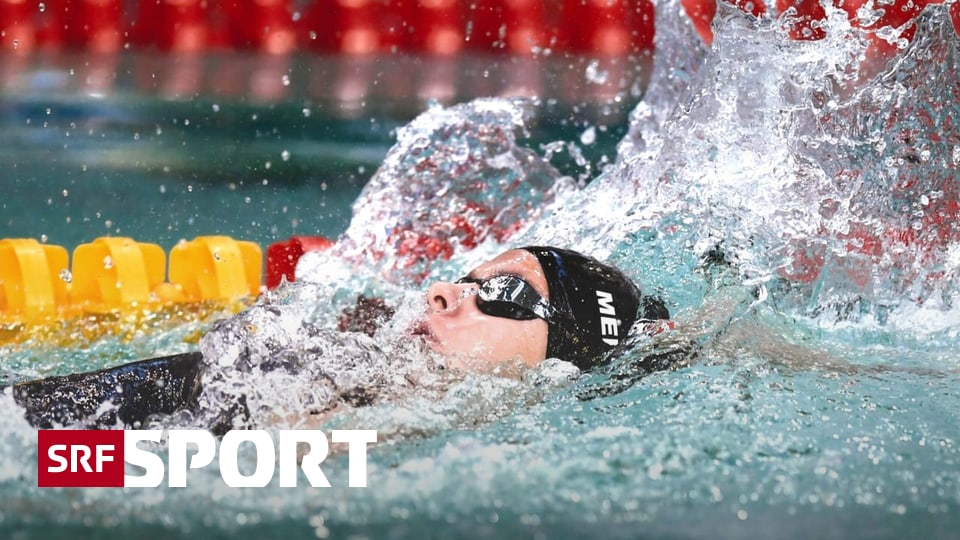
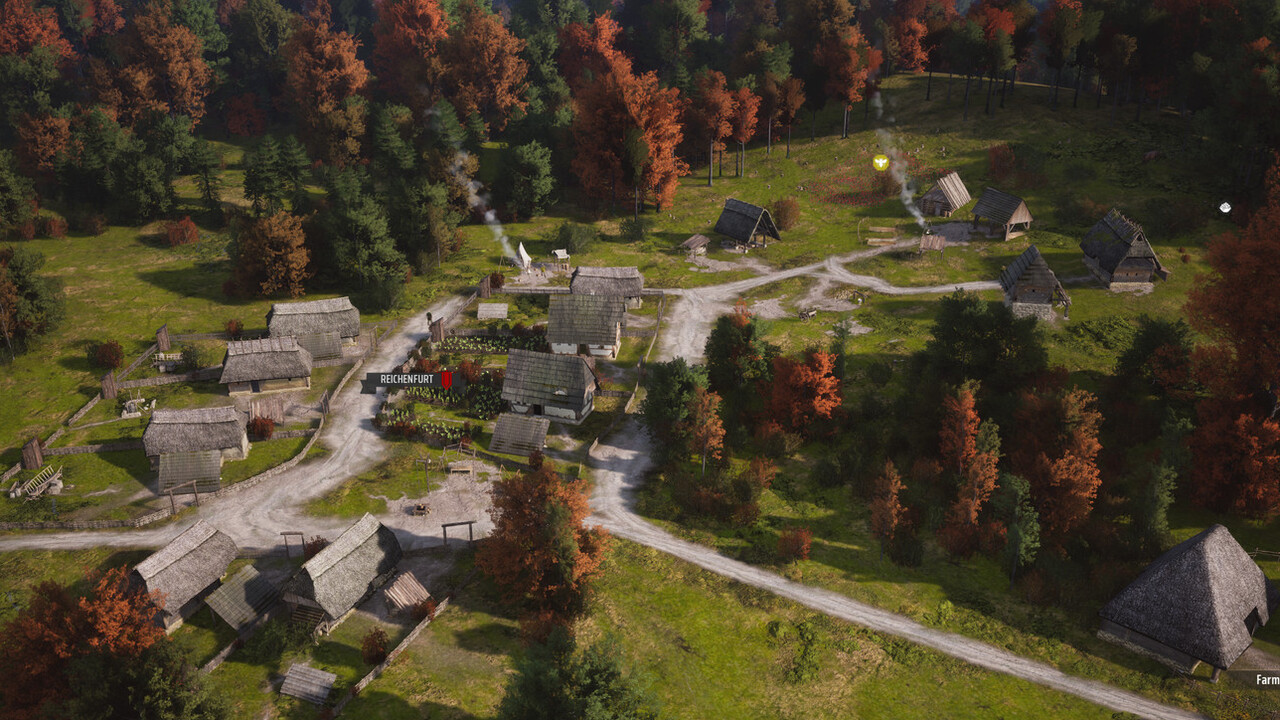

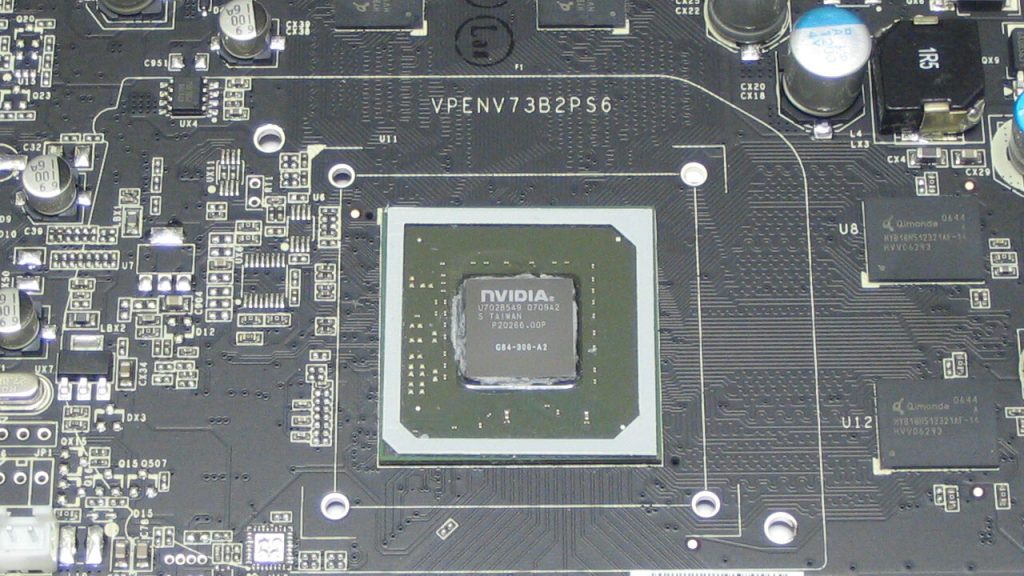
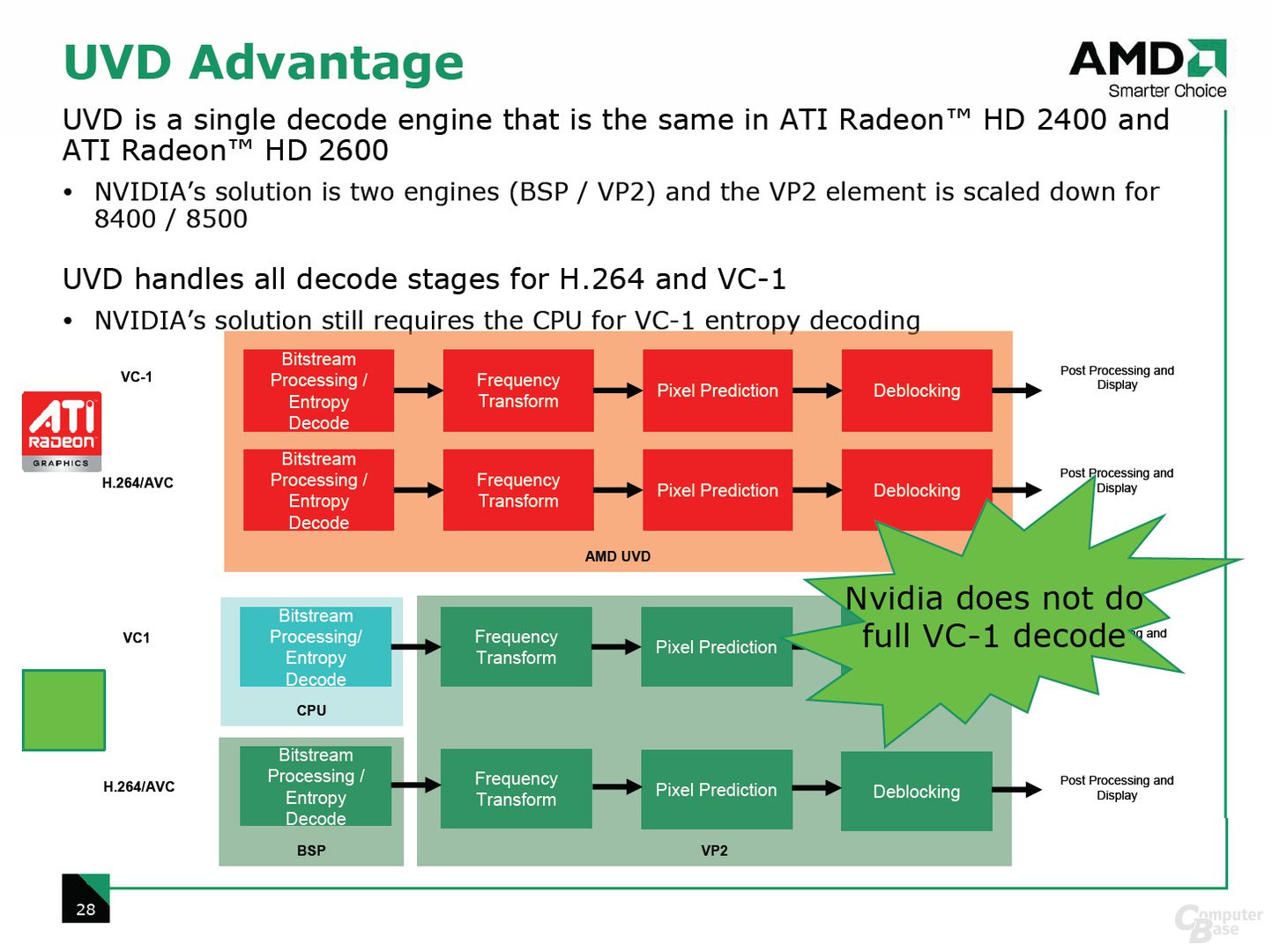
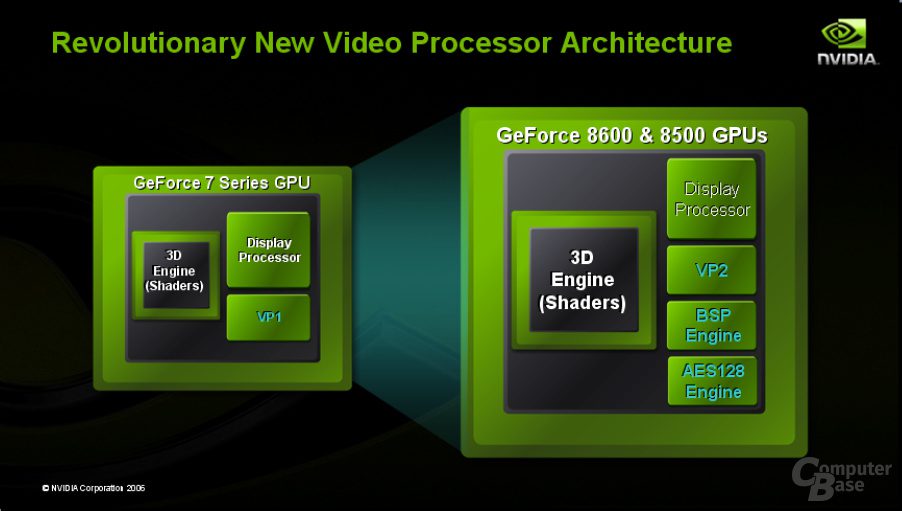
More Stories
Adrenalin Edition 24.4.1: When the Manor Lords arrive tomorrow, the driver will be ready
Intel offers a special graphics driver for “palaces”
Antibiotic-resistant bacteria mutated in space